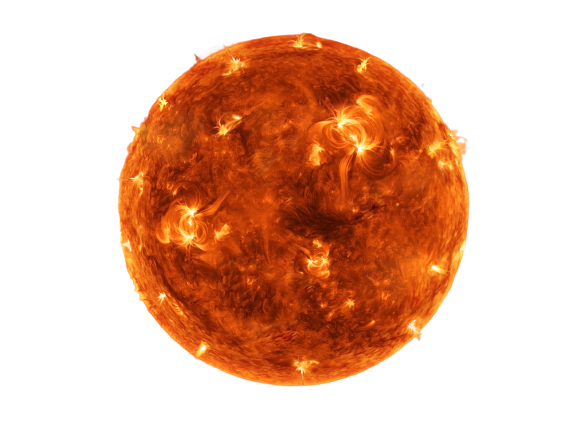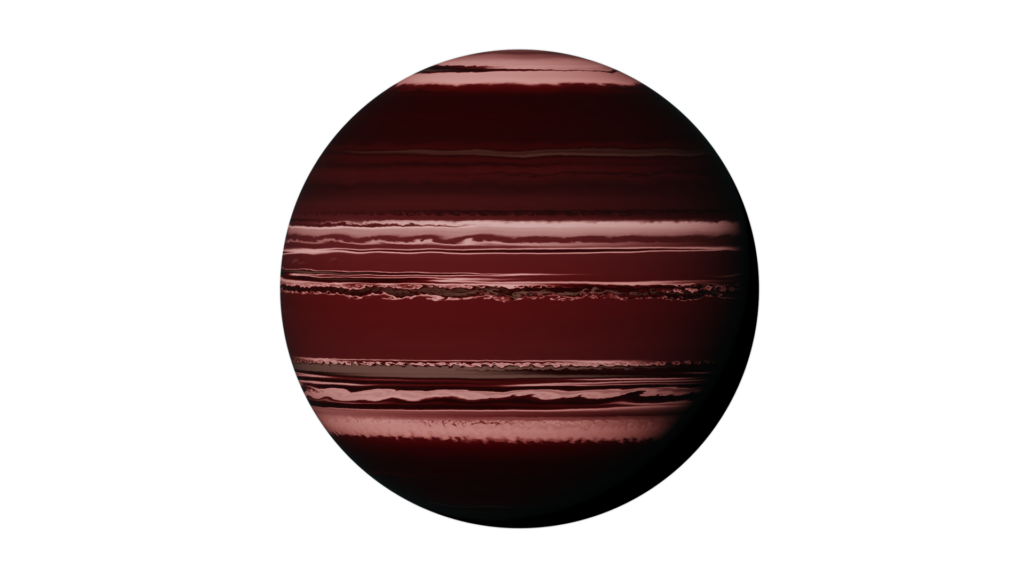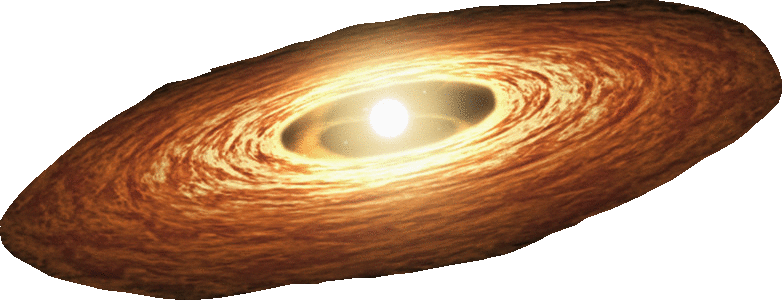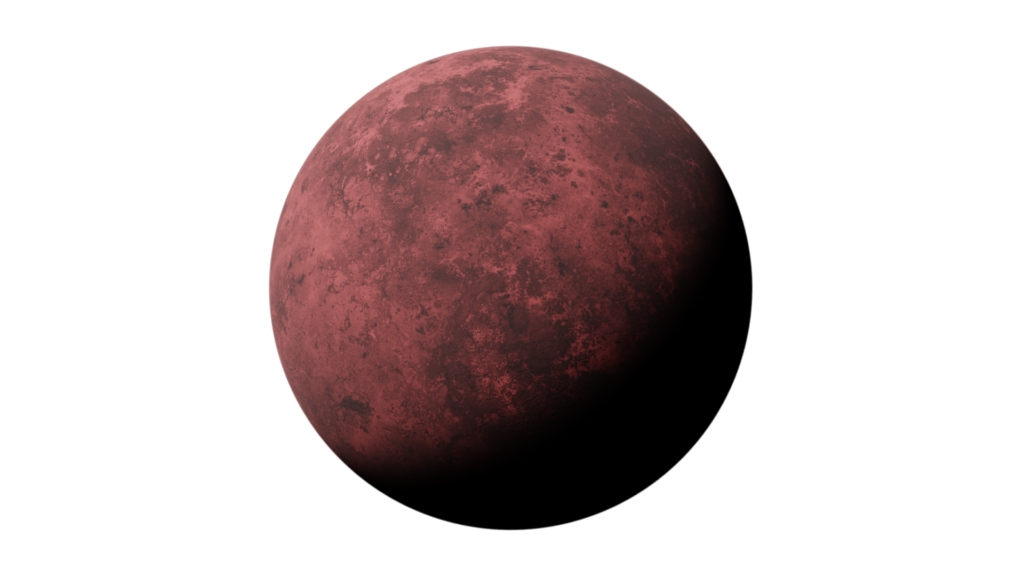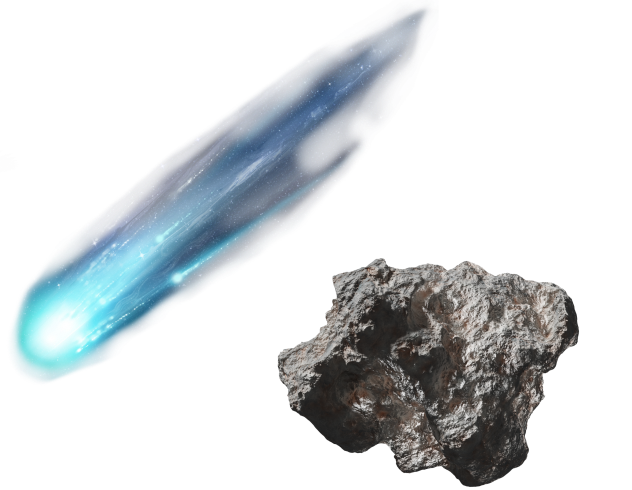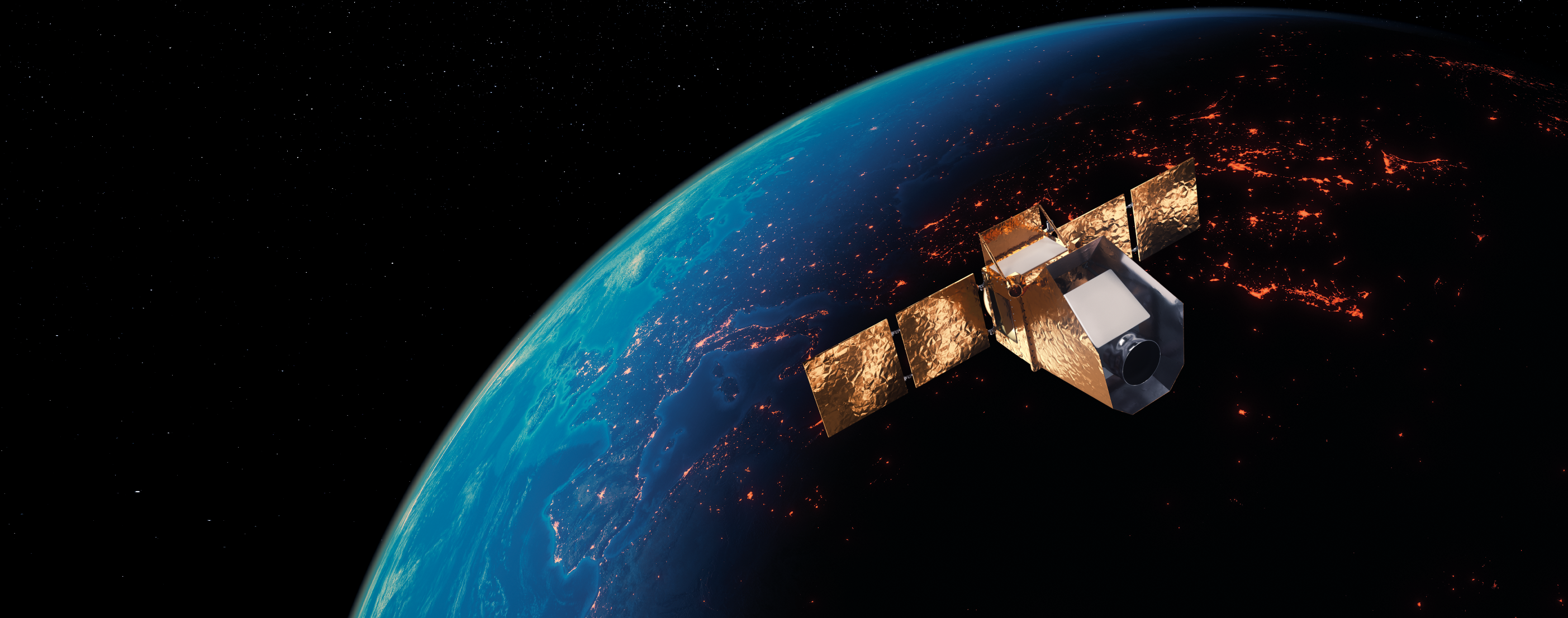

Infrared Spectroscopy of Extrasolar and Solar System Objects
Twinkle is a visible and infrared spectroscopy satellite conceived to study exoplanets, stars, stellar discs and Solar System objects. Via a multi-year collaborative survey, with thousands of hours available each year, Twinkle will unlock a significant time domain astronomy opportunity and provide key insights into the composition and evolution of objects within and beyond our Solar System.

Extrasolar & Solar System Science

IR Spectroscopy (0.5-4.5 μm)

Collaborative 3-Year Survey
Science Opportunity
Twinkle will deliver visible and infrared spectroscopy of thousands of targets, enabling scientists to produce transformative research on exoplanet atmospheres, Solar System objects, stars and stellar discs. Twinkle’s unique observing capabilities will empower scientists to break new ground in Extrasolar and Solar System science.
The Satellite
Twinkle is being designed in collaboration with leading satellite and instrument manufacturers Airbus and ABB. The high-heritage approach to the design and component selection will deliver a high-specification astronomy satellite within the short timeframes usually associated with commercial satellites. The satellite will operate in a low-Earth, Sun-synchronous polar orbit, maximising opportunities for science observations along the ecliptic plane.
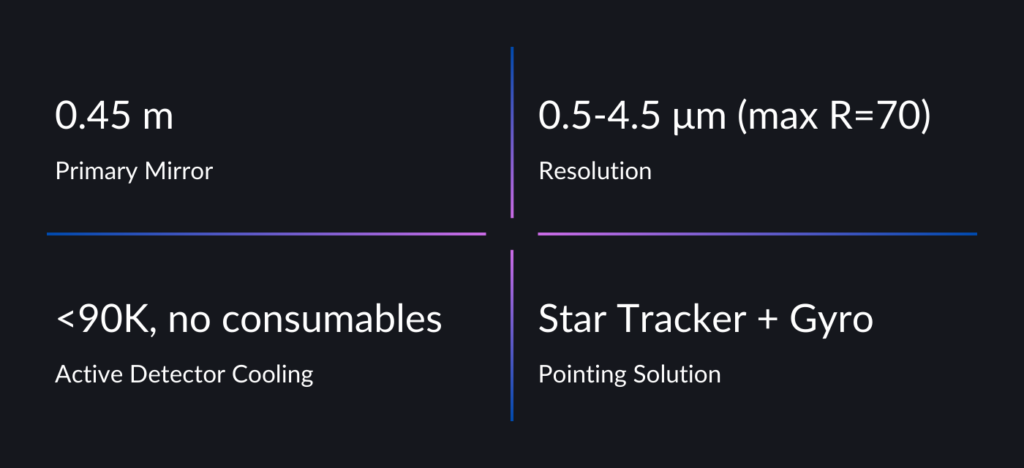
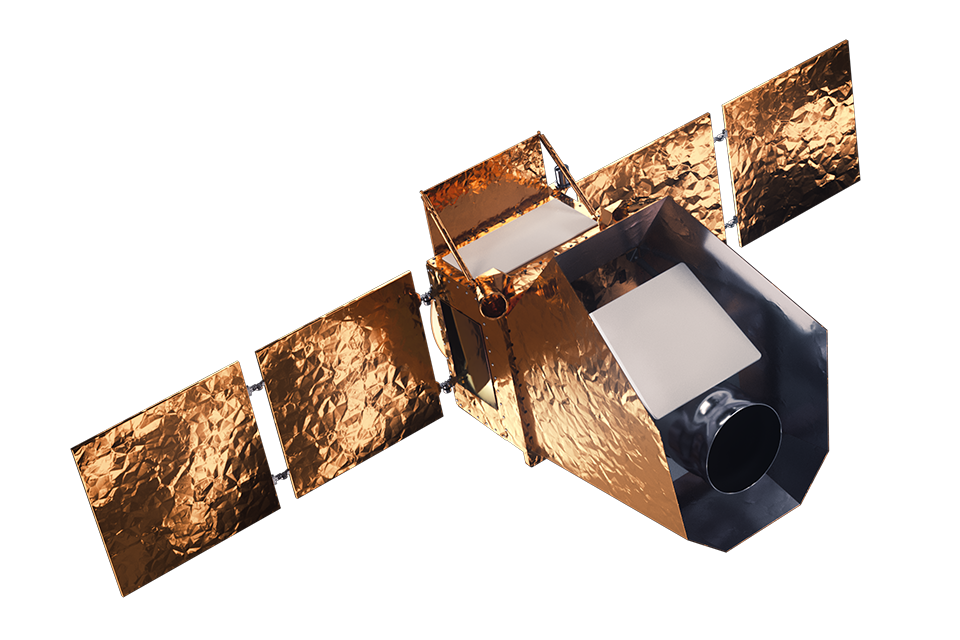


Survey Programmes
Twinkle’s structured survey programmes will bring together an international collaboration of scientists to study extrasolar and solar system objects, leading to high-impact science publications. Twinkle’s survey science programme will be decided by its members and is open to any scientist worldwide. Scientists and research organisations can access the survey programme via an annual membership plan tailored to suit the needs of individuals, groups and institutions.
Extrasolar Survey
Twinkle will provide a high-quality infrared spectroscopic characterisation of the atmospheres of a population of exoplanets, covering a wide range of planetary types.
Solar System Survey
Twinkle will study the surface composition of thousands of small bodies within our Solar System. This large, consistent dataset will reveal trends in the mineralogy of asteroid families and composition of comets which will shed light on the formation and evolution of our solar system, probing its primordial origins.
Participating Institutions

Cardiff University
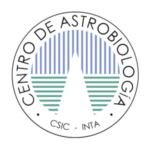
Centro de Astrobiología

French Alternative Energies and Atomic Energy Commission

Ludwig-Maximilians-Universität München

Nanjing University

National Tsing Hua University

Origins Excellence Cluster

Ohio State University

University of Central Lancashire

University of Delaware

University of Southern Queensland

University of Toronto

Vanderbilt University

